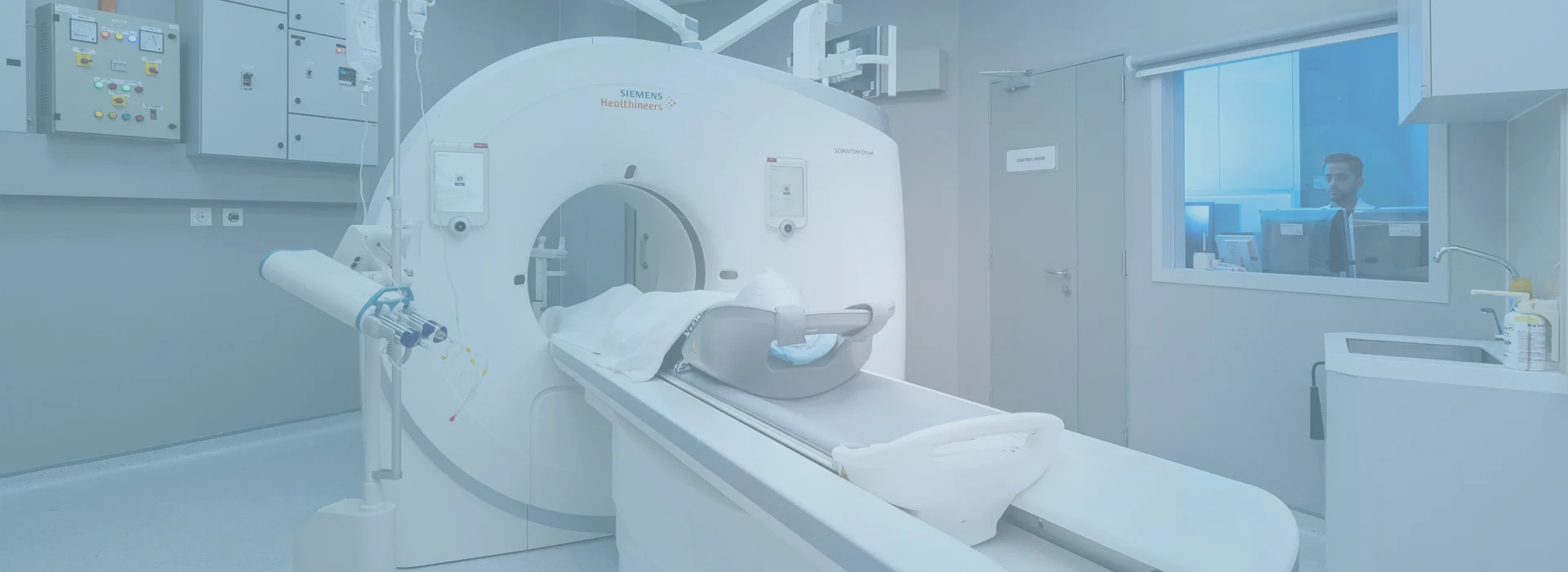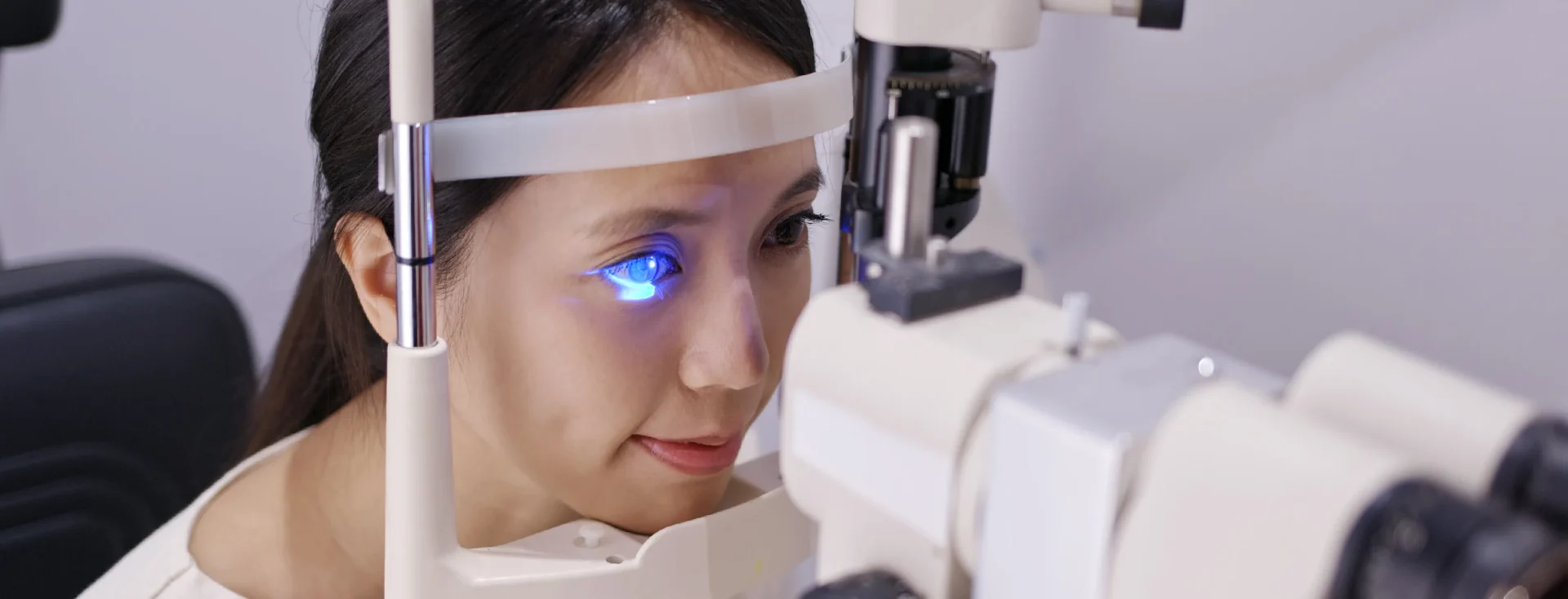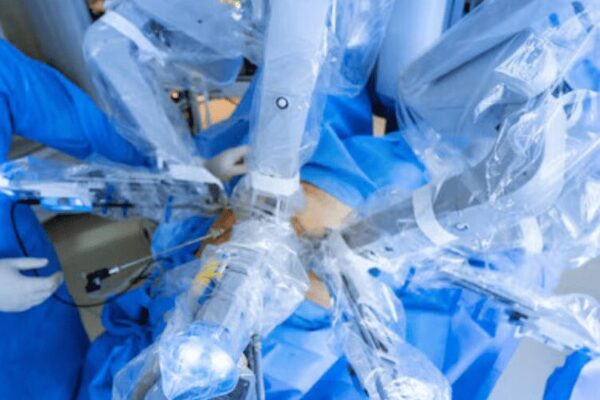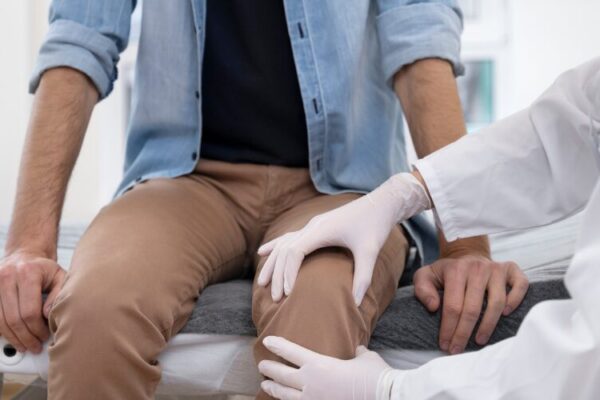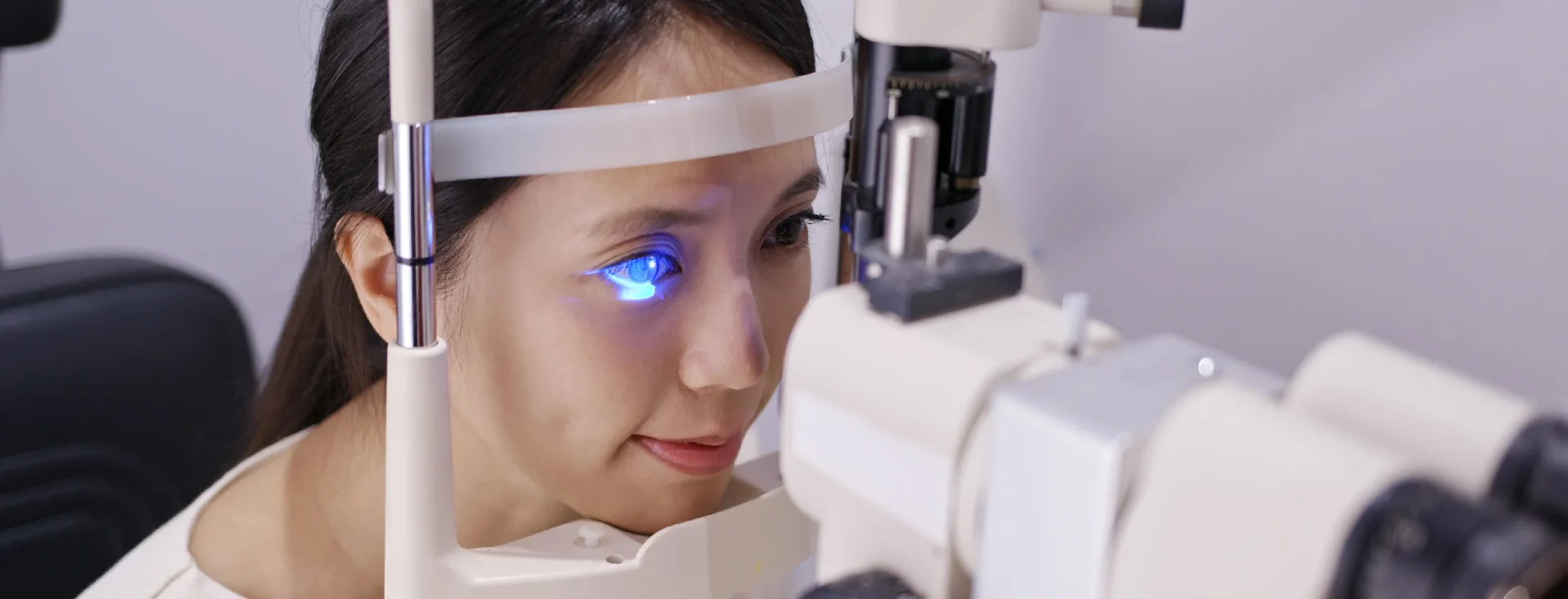
19 Jul How to choose an eye doctor based on your condition
How to choose an eye doctor based on your condition
By Island Hospital | Jul 19, 2019 6:58:55 PM
You are experiencing discomfort around your eyes. It can be unilateral or bilateral. In short, it can be your right eye, left eye, or both eyes. You do not know exactly which eye hurts more, and it is often difficult to know why your eyes hurt.
Sometimes, more painful or uncomfortable eyes do not mean that the condition is more serious. Simple problems such as superficial abrasion of the cornea can be very painful. Another common problem that can cause eye discomfort is dry eyes. However, major conditions such as glaucoma, cataracts, macular degeneration, detached retina, diabetic eye diseases, eye and eyelid cancers pose neither discomfort nor pain at all.
The likelihood of one brushing off eye pain, discomforts as something minor is very high. More often than not, either nothing is done about it, or one seeks the wrong treatment.
It may seem more convenient to walk into a shop at the mall and have your eyes checked or buy off-the-shelf medicines. However, be mindful that seeking the right doctor and getting the right treatment is crucial to your eye health, as inappropriate treatment may worsen the condition or prolong the pain.
Ophthalmologists are doctors of medicine who specialise in the medical and surgical care of the eyes.
An ophthalmologist provides total care of the eyes from vision services and eye examinations, to medical and surgical care. From eye examinations, an ophthalmologist can diagnose and manage complications from other conditions, like diabetes and subsequently provide treatment for the disease by prescribing medications or performing eye surgeries. They also write prescriptions for eyeglasses and contact lenses.
Ideally, you should not skip your annual eye examination. Although your eyesight may seem fine, eye examinations are an important way to find out eye problems before symptoms occur. Problems such as diabetes, glaucoma, cataract can be diagnosed in the early stages, through eye examinations as well.
If you feel that your eyesight has drastically deteriorated, and that your vision is blurred or cloudy, with sensitivity to light and glare, or that your peripheral (side) vision is unclear, then you ought to see an ophthalmologist. It may not just be short or long sightedness that can be rectified with prescription eyeglasses or contact lenses, but more serious eye problems like cataracts or glaucoma , or a health condition like diabetes.
- Eye glasses or contact lens. Check if you need to stop wearing contact lenses before your appointment.
- List of any health conditions or allergies
- List of all medications and supplements you are currently taking
The type of examinations will vary according to your condition. Your doctor will ask about your general health and family history of eye diseases to get to know you better. Eye exams can help spot early signs of glaucoma, diabetes, high blood pressure, and arthritis. If the doctor finds anything odd, you may need a follow-up with your regular doctor or a specialist.
These are some tests that you can expect depending on the diagnosis by your doctor:
Visual Acuity Tests
This test is to check the sharpness of your vision. You will read from a projected eye chart of random letters to measure your distance visual acuity and a small, hand-held acuity chart to measure your near vision. Other aspects of your vision may also be tested like your ability to see in 3D and your peripheral (side) vision.
Visual Field Test
This test is to check for the possible presence of blind spots (scotomas) in your peripheral vision. These types of blind spots can originate from eye diseases such as glaucoma. Additionally, analysis of blind spots also may help identify specific areas of brain damage caused by a stroke or tumour.
Colour Blindness Test
This test is to check your colour vision. It is often performed early in a comprehensive eye exam to rule out colour blindness. Other than finding out hereditary colour vision deficiencies, colour blindness tests also can give your eye doctor a heads up to possible problems with the eye nerve called the optic nerve that may affect your colour vision.
Retinoscopy
This test is done to obtain an approximation of your eyeglass prescription and estimates which lens powers will best correct your distance vision. The room lights will be dimmed during this test, and you will be asked to focus on a large target on the eye chart. As you stare at the target, a light will be shined at your eye and lenses will be flipped in a machine in front of your eyes.
Refraction
This test is done to determine your level of hyperopia (farsightedness), myopia (near-sightedness), astigmatism and presbyopia, which will ultimately give you your exact eyeglass prescription. During the test, a phoropter is placed in front of your eyes and a series of lens choices will be shown to you. You will be asked which of the two lenses in each choice looks clearer, and your doctor will continue to do so to refine the lens power until a final eyeglass prescription is reached.
Cover Test
This is a simple test to check how well your eyes work together to focus on an object. It also checks your eye alignment. During a cover test, you will be asked to focus on a small object across the room. Your doctor will then cover each of your eyes alternately while you focus on the target. The test is then repeated with you looking at a near object. This will enable your doctor to assess whether the uncovered eye must move to pick up the fixation target, which could indicate strabismus or a more subtle binocular vision problem that could cause eye strain or amblyopia (“lazy eye”).
Ocular Motility (Eye Movements) Testing
This test is performed to test smooth eye movements and to determine how well your eyes can follow a moving object and/or quickly move between and accurately fixate on two separate targets. You will be asked to hold your head still and to follow the slow movement of a hand-held light or other target with just your eyes. You may also be asked to move your eyes back and forth between two targets positioned some distance apart from each other, to check for quick eye movements (“saccades”). Eye movement problems can cause eye strain and may affect your ability to read and play sports.
Stereopsis (Depth Perception) Test
This test is performed to check eye teaming skills that enable normal depth perception and appreciation of the 3-dimensional nature of objects. You will wear a pair of “3D” glasses and look at a booklet of test patterns which has four small circles. You will be asked to identify the circle in each pattern that looks closer to you than the other three circles. By successfully identifying the “closer” circle in each pattern, you likely have excellent eye teaming skills that should enable you to experience normal depth perception.
Slit Lamp Exam
A slit lamp binocular microscope (or “biomicroscope”) is used to examine the structures of your eye under high magnification. During the slit lamp exam, you will be asked to place your forehead and chin securely against the rests on the front of the instrument, a large looking microscope. The front structures of your eyes including eyelids, cornea, conjunctiva, iris, and lens, as well as structures located farther back in the eye, such as the retina and optic nerve will be examined. Eye conditions and diseases such as cataracts, macular degeneration, corneal ulcers and diabetic retinopathy can be detected with the slit lamp exam.
Glaucoma Test/Tonometry
This is a test for glaucoma. Your eye will be numbed with an eye drop, and the eye pressure will be measured with a puff of air at your open eye by using a device called a tonometer. What is called your intraocular pressure (IOP) is then calculated based on your eye’s resistance to the puff of air. High eye pressure is an indication that you may be at risk for or have glaucoma. Another type of glaucoma test is performed with an instrument called an applanation tonometer.
Yellow eye drops will be dropped in your eye to numb it. Thereafter, you will stare straight ahead into a slit lamp while your doctor gently touches the surface of your eye with the tonometer to measure your intraocular pressure (IOP). This test is painless and takes only a few seconds.
Pupil Dilation Eye Examination
This test is to check all the parts of your eye. It is very important for people with risk factors for eye disease, because it allows for the most thorough evaluation of the health of the inside of your eyes.
During this test, your pupils will be dilated/widened with drops to give the doctor a clear view of the inside of your eyes’ structures. Once the drops have taken effect, your doctor will use various instruments to look inside your eyes, as well as check your peripheral vision and how well your eye muscles work together.
These drops make your eyes sensitive to light for a few hours, and you will need to wear sunglasses until they wear off. Driving can be difficult immediately after dilating your eyes as vision might be blurry and there can be some glare for few hours after dilating the eyes. You will also notice difficulty focusing on objects up close.




